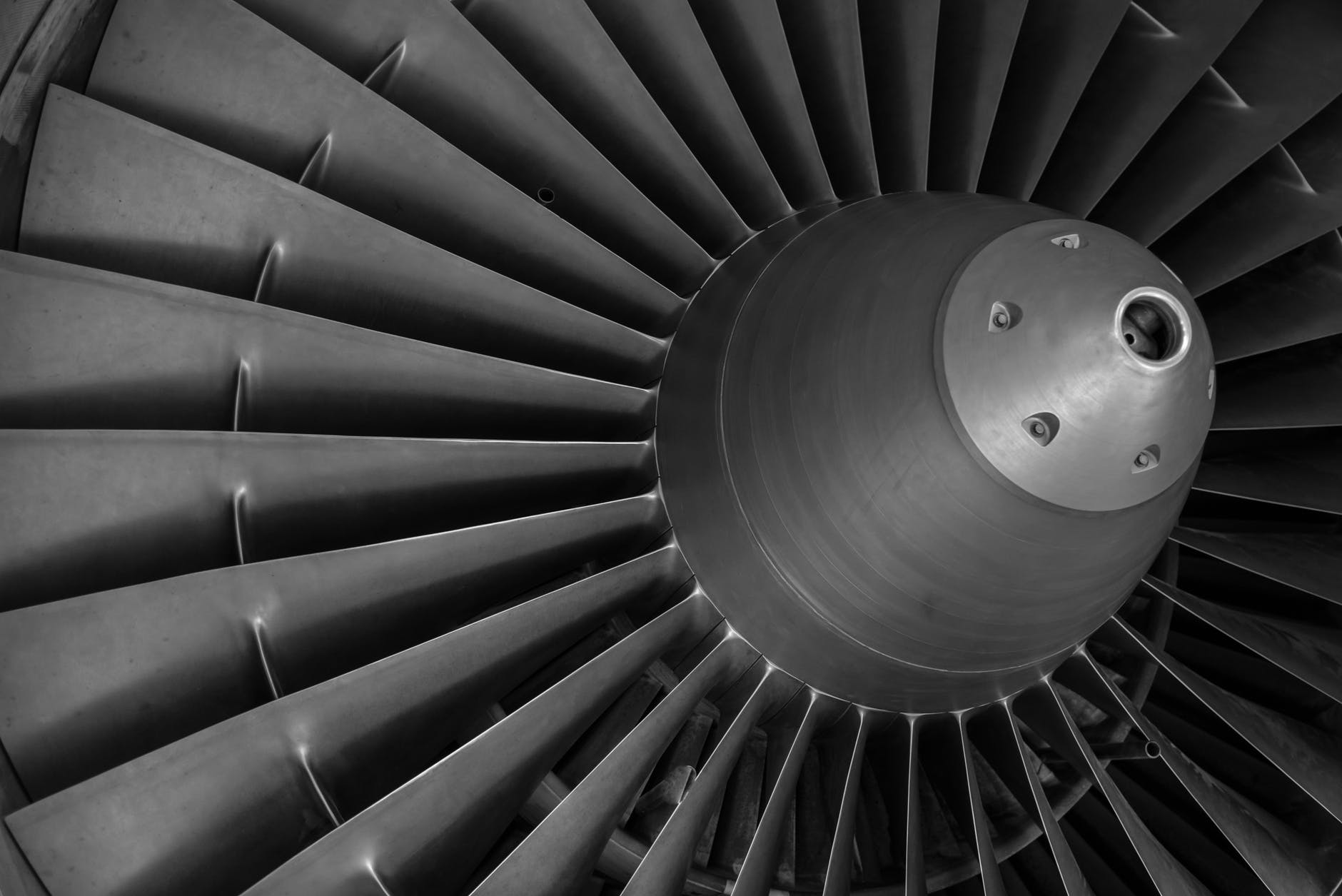
CompTIA A+ Prep: Understanding the Different Types of Cooling for CPUs
Every component on a computer system gives off during its operation. The CPU and the graphics cards get so hot that they exceed temperatures up to 90 degrees C. In modern, computers the accumulating heat is vacuumed out. However, in certain situations, a CPU needs to be cooled down by external effort to avoid damaging the PC. The CPU cooling techniques are necessary to understand for those willing to acquire CompTIA training for A+ Certification. An individual needs to have a firm grasp of methods involved in cooling down a CPU. Not just theoretical understanding, but the practical application should also be done to strengthen concepts.
Following are the major cooling methods for CPUs:
Airflow:
The easiest thing a user can do is to allow for more air inflow and outflow. This can be done by removing any obstacle from the back of a PC unit. A user should make there is no obstruction within close proximity and there is adequate space for up to 2 to 3 inches on sides and back. If the computer is stored inside a desk, it should be noted that the door of the cabinet must not be closed. The accumulating heat should always have a proper vent to escape. If there is no way out then hot air would continue to build up and in the longer run, the CPU would damage.
Operate the PC with its case closed:
It goes without saying but the proper use of a PC should be done with its case closed. It may not make any sense because an open case would allow for more air flow. However, an open case would also make way for a tremendous amount of dirt. Dust and debris clog a CPU. Meanwhile, the cooling fans run at a faster rate when the PC’s case is not open.
PC should always be clean:
As suggested above the perils caused by accumulated dust and dirt. It is necessary for every user to carry out routine maintenance on their PCs to make sure their CPU and other components remain clean and free of dirt. Dirt would clog every space and it would force the fan to work faster when the CPU is not being cooled down. A user should always check for dust, hair, and other things getting clogged in the fan, especially. The internal fans should be cleaned regularly.
Shifting a computer:
If any kind of obstruction cannot be moved away from the path of a computer then the whole unit should be moved elsewhere. It is highly advised that a user stores their computer in an air-conditioned room in order to facilitate the function of the internal cooling fan. It should also be noted that moving a computer can be risky because if mishandled, delicate components and hardware may get damaged.
Upgrade the fan:
Every CPU has a fan that is responsible for keeping it cool under hot temperatures. Most CPUs are equipped with entry-level fans that are meant to adequately perform the function. However, there are many modern fans available in the market which can perform the function more efficiently and work at a faster rate. Many companies sell CPU fans which are specially designed to regulate a certain temperature allowing for greater performance of the unit.
Installing additional fans:
If in case the standard fan is not adequate to perform the function, then a user can add another fan to it. These fans may not be installed just as the same as a CPU but would be stored close by to perform the cooling function. A case fan is available in the market which performs the same function and it is highly recommended by computer experts to help users cool their CPUs. An additional fan has another function of helping the flow of the air inside the PC, which has proven substantially in helping the CPU remain cool. Laptop users buy cooling pads for the same function as a fan cannot be practically installed.
Installing a CPU-specific fan:
The CPU is the only component which gets heat up within minutes and the temperature can go up to 100 degrees. In order to avoid over-heating, specialized CPU-specific fans can be installed to facilitate the function of a CPU fan. CPU that perform ultra-level functions can get heat up much quicker than other CPUs, so in this regard, an additional fan is needed to be installed to keep it cool. Besides, there are many component specific fans for graphics cards, sound cards, etc. which perform the same function.
Avoiding overclocking:
Overclocking is done by users in the BIOS menu and it is generally to push the CPU to perform to its utmost extent. It may considerably change the CPU’s performance, but it may also force it to work two times harder and therefore, generate more heat. Users should not overclock their computers if they find that it leads to overheating the whole unit. A CPU chip needs to be protected at all times and overheating is not appropriate at all. This is why users need to avoid overclocking their computers especially when it is not encouraged by the manufacturers. Users should simply regulate the system back to its basic performance measure in order to prevent overclocking and thus, more heat. If in case, overclocking is a necessity then additional equipment should be installed in order to keep the CPU cooler.
Water cooling equipment:
A water-cooling device is used in high-end computers after users noticed that heat build became a huge problem and no plausible solution could overcome it. Installing a water-cooling kit works like a vehicle’s radiator. Having water in the computer system may sound like an obnoxious idea but if there is water-cooling equipment, it makes sense. Water is completely enclosed in the system and a pump pushes cool water down the CPU where it absorbs all of its heat and then the hot water flows out in the open where the heat can tarnish away. Water cooling methods are an important aspect of computer performance. If a user is not serious about it then in the long run, it may affect their CPU’s performance.
